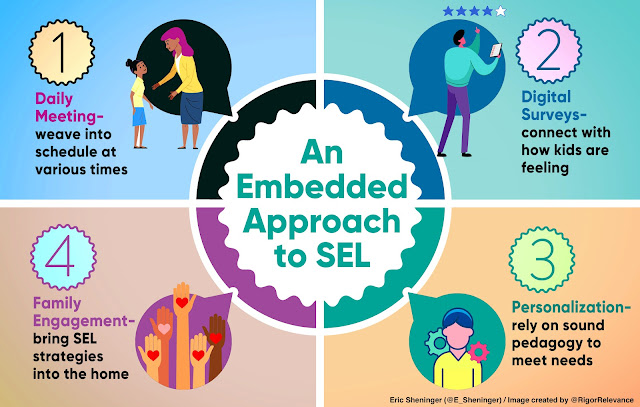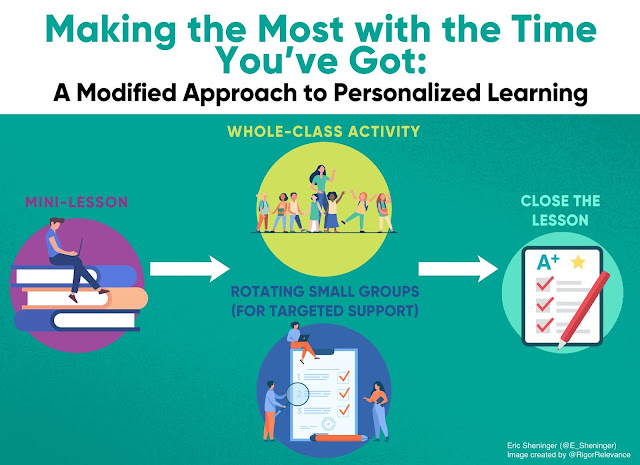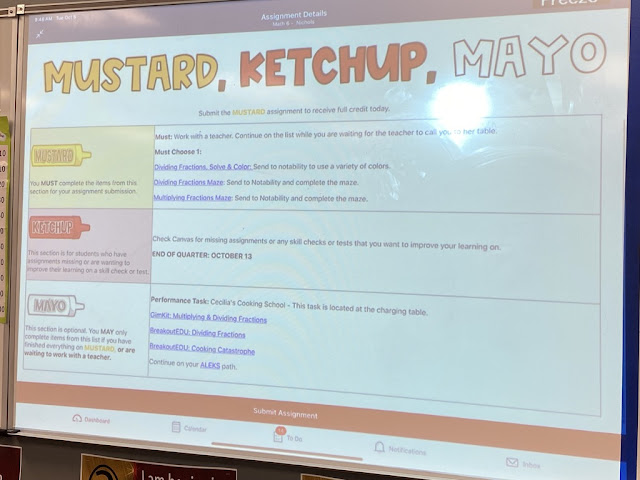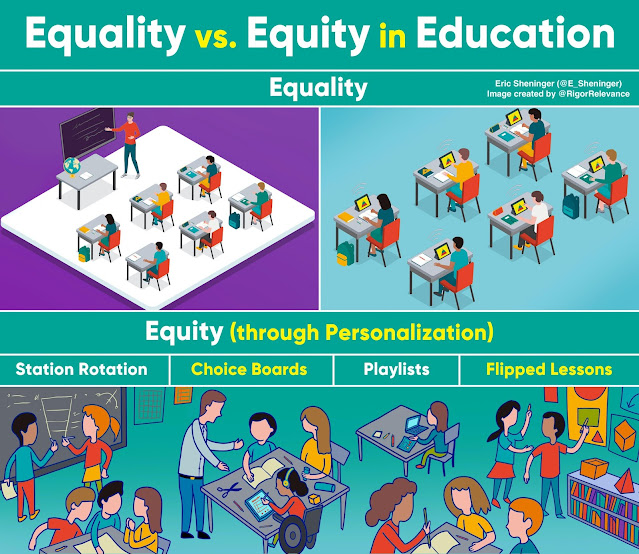It goes without saying that the COVID-19 pandemic has wreaked havoc on youth across the world. While learning recovery remains a needed area of focus, virtually every educator I come in contact with explains that students are a year or two behind socially. In some cases, the extended time at home during remote or hybrid learning has led to the development of concerning behaviors that weren’t prevalent at scale in the past. All of this has led to a dramatic increase in discipline issues and a significant amount of time having to be spent on classroom management and establishing routines. It is frustrating for teachers and administrators alike.
To make matters even more complicated, the emotions of students are all over the place. These stem from a variety of factors, including isolation, excessive time on social media, watching parents struggle financially, and the impact of the virus on the health of family members. Uncontrolled or unchecked emotions lead to negative impacts on learning. It’s tough to learn, let alone concentrate if the mind is being pulled in numerous directions. The combined social and emotional hurdles are making a challenging year even more difficult. Truth be told, this isn’t an issue that is only impacting kids. Efforts need to be made, and an array of supports offered to ensure the well-being of staff, especially those on the front lines who are in direct contact with students daily.
Let’s start with students. For SEL to be more than a buzzword or fad, it needs to be embedded into school culture. A focus is excellent, but it’s the actions that truly matter. To begin, a relational foundation has to be established. Here is a quote I shared in Disruptive Thinking in Our Schools:
“It all comes down to relationships. Without trust, there is no relationship. Without relationships, no real learning occurs.”
If we want to get students to open up to us, then efforts need to be made to build their trust. While this is important, it is also critical to embrace a practice strategy to identify, monitor, and support kids dealing with social and emotional issues impacting their learning and that of their peers. My colleague Venola Mason developed a practical approach called Pause & React. Here are some of her thoughts:
What I’ve noticed in classrooms across the country is that educators are using the first days and weeks of school to build relationships and connect with students. However, as the school year progresses and more attention is paid to academic content, there is less of an emphasis placed on maintaining these critical relationships. Oftentimes, students who experience trauma or other difficulties are overlooked until their situation becomes very severe, leaving teachers unsure of how to turn things around. What I arrived at to help address this need is a practical and straightforward resource for approaching relationship-building—a tool I call, PAUSE & REACT. It’s meant to be simple—not another thing to add to a teacher’s plate, but an intuitive and structured way to leverage and strengthen relationships with students.
Be sure to check out this article that outlines the specifics behind Venola’s Pause & React tool.
SEL has become an embedded coaching component in my own work with districts and schools. Teachers and administrators are in need of practical strategies that can be easily implemented daily and across the curriculum. Below are some to consider:
Daily meeting: Many educators have heard of the Morning Meeting, where students engage in various SEL activities prior to the start of content-related lessons. I love this strategy but feel that it should rotate throughout the day, so it isn’t occurring during the same time or period each day.
Lesson planning/activities: While Daily Meeting is a great start, SEL should be emphasized across the curriculum. HERE are some great ideas from the HMH Shaped blog.
Digital surveys – During a recent coaching visit with the Juab School district, I saw a teacher begin the day with a digital survey that included the following: How are you feeling today? Why do you feel that way? Do you need to conference with the teacher? While the rest of the class worked on a choice STEAM activity, the teacher conferenced with those kids who needed non-academic support. This is a great strategy that can be implemented in classrooms and across a school.
Personalized learning: Sound pedagogy can be the most proactive approach out there to meeting kids' social and emotional needs on a daily basis. In every personalized model, an opportunity for socialization or conferencing with the teacher can be included.
Family engagement: SEL should never be the sole responsibility of teachers. Consistent programs and outreach to families highlighting strategies and resources that can be used at home to identify and support students are paramount.
While students get most of the attention, educators are also in desperate need of social and emotional support. Many teachers are at their wit's end, and who could blame them. Sari Beth Rosenburg shared the following:
Teacher morale and mental health are suffering as school board meetings intensify and the pandemic rages on. They are facing renewed attacks on the very content that we teach while school shootings are becoming more frequent again after a respite during the pandemic. It should come as no surprise that teacher morale and mental health are suffering as a result. In fact, we are seeing a growing teacher shortage in America, bordering on a national crisis. It is crucial that we find ways to support teachers, especially as student mental health is also suffering as a result of the pandemic.
As someone who spends a great deal of time working side by side with teachers in schools, I couldn’t agree more. In a previous post, I outlined an array of detailed strategies that administrators can leverage to lessen staff load, including mental health days, covering classes, getting rid of meetings, grading grace periods, and eliminating non-instructional duties. Grace and empathy can be shown through electronic polling to see what they need. Bigger lifts included finding ways to add additional time for planning or securing outside counseling services. At this point, it is critical to consistently show you care no matter your role in education.
We cannot ignore the other educators who need social and emotional support, including counselors, coaches, instructional aides, administrators, or anyone else who serves students. While they are typically more behind the scenes, some are suffering as well. Here is where Central Office, boards of education, families, and community members can step up. Extending breaks, thank you cards, substituting, or food items can go a long way to help all educators cope a little bit better.
A systematic approach employ’s a Maslow’s before everything else lens. If we don’t take care of all of our people – students, teachers, support staff, administrators – our education system could be damaged in ways that will be felt for generations.































